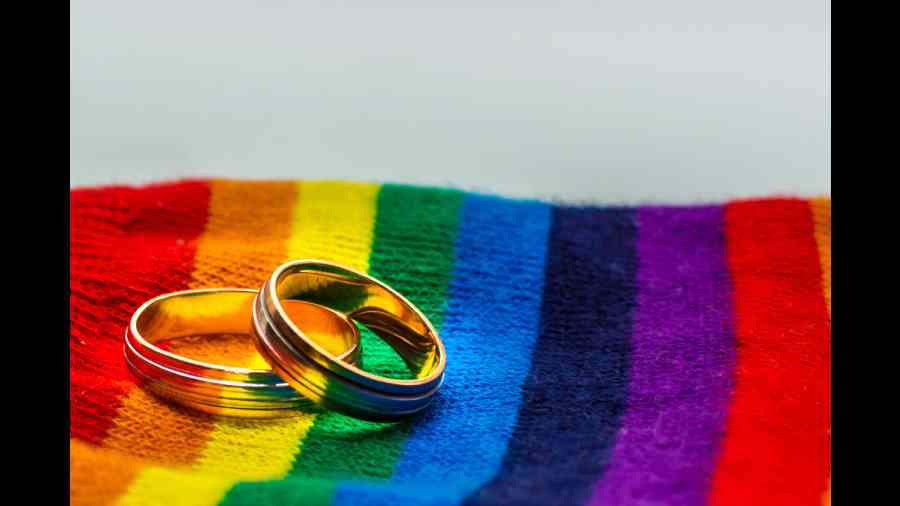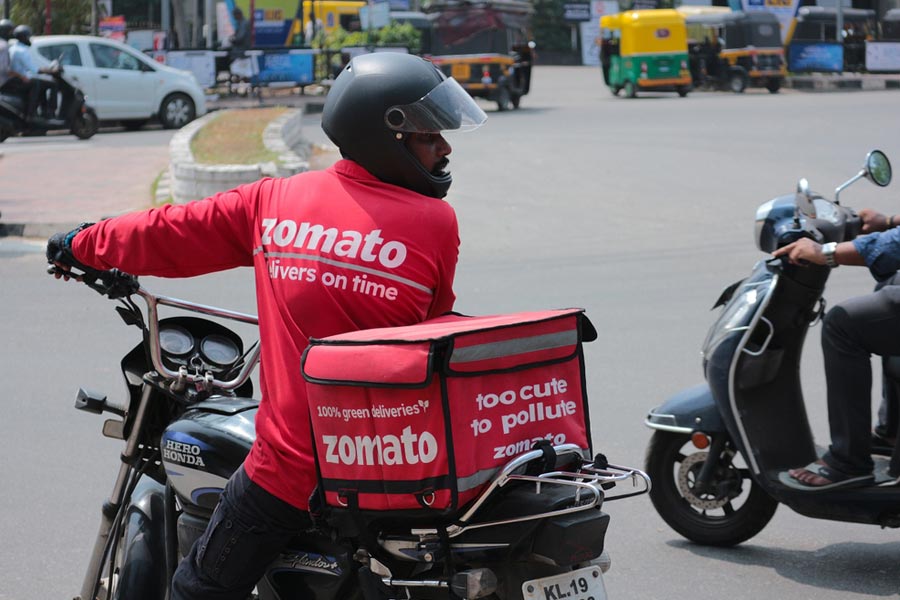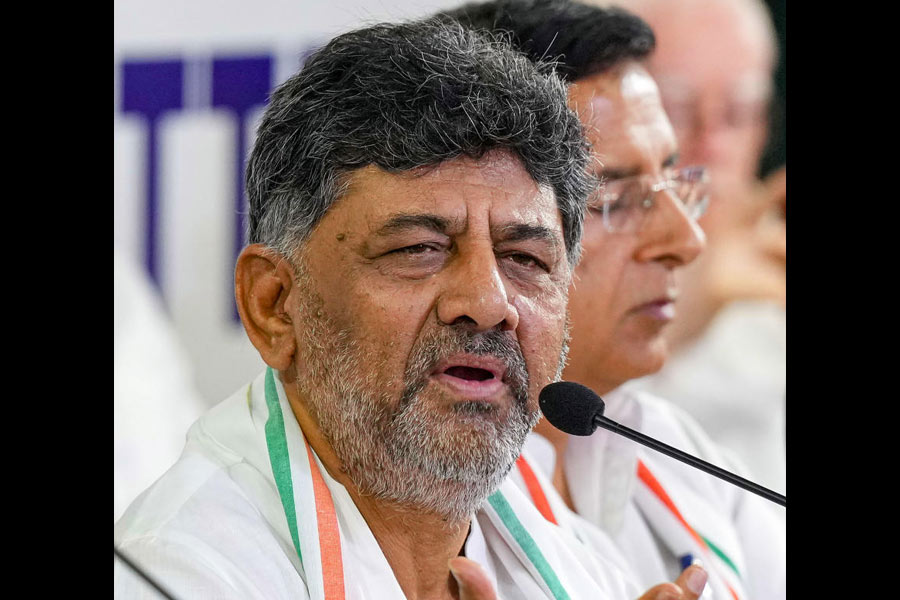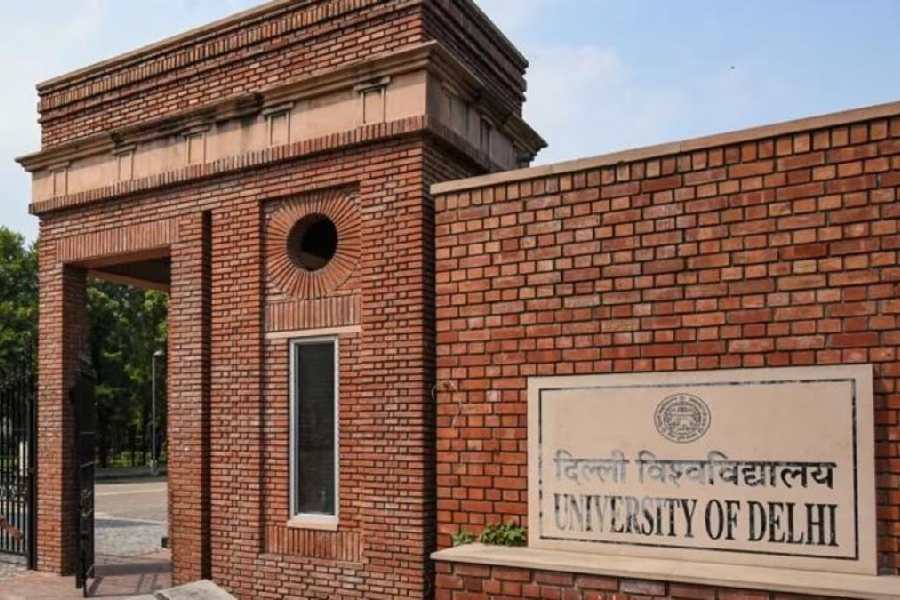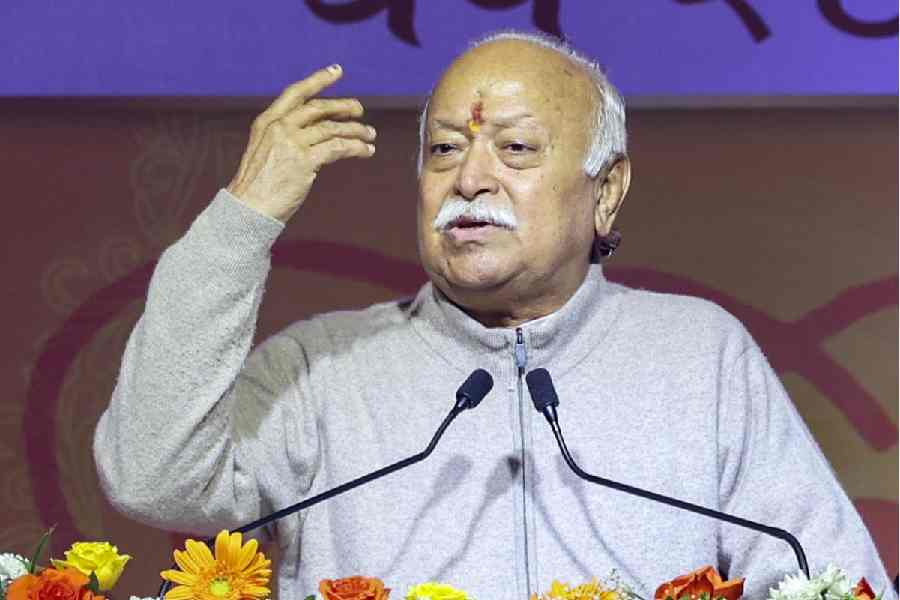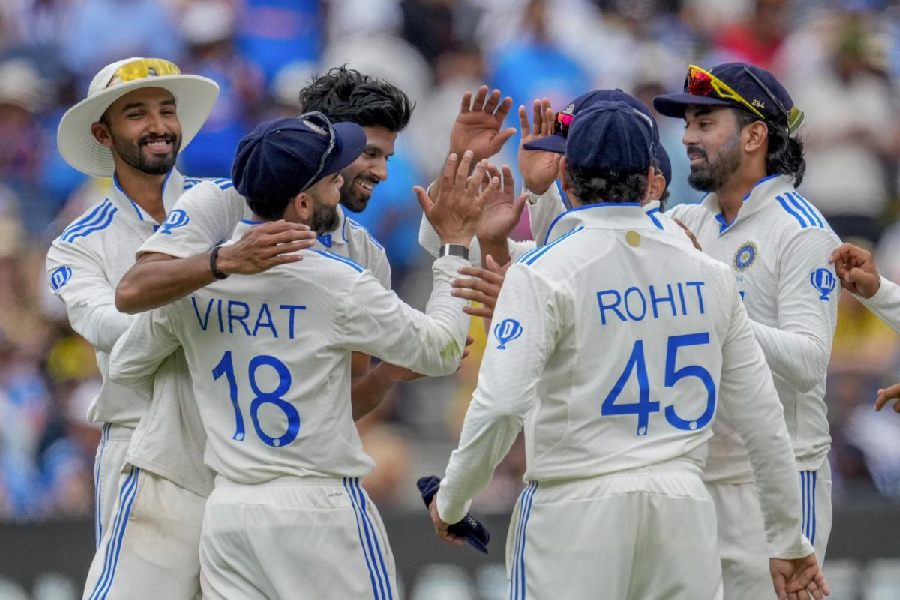Barring a few exceptions, the piercing comments often made by judges during a hearing don’t find a reflection in the final judgment. Yet, in the realms of popular and media discourse, these often acquire a status equal, if not higher, than the judgment itself.
The country will have to await the final Supreme Court judgment on a clutch of petitions seeking statutory recognition of same-sex marriages before it can assess the longer-term impact of an observation made by the Chief Justice of India, D.Y. Chandrachud, during the hearings last week. Responding to a point made by the government counsel, the CJI caused countless eyebrows to be raised by suggesting “There is no absolute concept of man or an absolute concept of a woman at all. It’s not the question of what your genitals are. It’s far more complex… So even when the Special Marriages Act says man and woman, the very notion of a man and a woman is not an absolute…”
Those familiar with the kerfuffle over trans-rights in the West will realise that what the CJI said was not strikingly original. For some time, social relations and even politics in western Europe and the Americas have been disrupted by the militant interventions of trans activists who insist that claims to being men or women can only be settled by reference to inner feelings. This revolutionary social theory has resulted in confusion and controversy over men and women’s toilets, college admissions, and ways of addressing an individual. So far, India has been spared this esoteric controversy, not least because it has more pressing problems to attend to.
To add to the disorientation caused by the notion of gender fluidity is the philosophy behind the new wave of judicial activism. Unlike, say, the 1970s, when politicians sought to use a ‘committed judiciary’ to complement the assault on private property and the increase in the interventionist powers of the State, today’s judicial activism is of a very different nature. Unlike the past when the government of the day sought to use the judiciary as an ally to usher its version of radical change, today’s activists are suspicious of the political process which they perceive as being conducive to a wave of national populism. Consequently, to prevent the forces of darkness from overwhelming society, the new activists — influenced by the workings of the ‘universalist’ European Union, not to mention the writings of the German philosopher, Jürgen Habermas — seek to use the courts to both safeguard and impose their notion of enlightenment. Hence, the priority is not merely the ‘progressive’ interpretation of existing laws but the imposition of judge-made laws on an otherwise ‘backward’ society.
In the same-sex marriage case before the Supreme Court, we are witnessing the coming together of these two trends. The notion of same-sex marriage challenges the very institution of marriage, cutting across religions, that has prevailed since the beginnings of recorded history. Earlier, aspects of marriage and its dissolution have witnessed modifications, but never has the notion that it involves the union of woman and man been challenged. From delineating the framework for procreation, marriage is being sought to be transformed into exclusively a framework of happiness. The resulting implications on family, society and the nation are certain to be considerable. In effect, the demand is for the world to be turned upside down.
That in itself isn’t necessarily illegitimate. Throughout history, there have been social convulsions triggered by either external pressure or self-realisation. India has witnessed countless social reform movements over the centuries, not least in the past two centuries. After the imposition of British rule, and particularly since the 1830s, the tendency to codify social changes in statutes became prevalent. The abolition of sati was decreed by a proclamation from the governor-general, Lord William Bentinck, in 1829, the marriageable age for women was passed in the legislatures in 1929 and 1978, and the multiple personal laws of Muslims were homogenised in 1939.
All these measures were considered important social modifications, as were the post-Independence enactment by Parliament of ‘modern’ Hindu personal laws that outlawed polygamy and gave inheritance rights to women of the family. Again, it was Parliament that chose to intervene to overturn the Supreme Court verdict in the Shah Bano case in 1986 and institutionalise its verdict negating the custom of triple talaq among Muslims.
What is significant in all these cases is that they were accompanied, and often preceded, by vigorous debates in society and political circles. The names of Raja Rammohan Roy, Ishwar Chandra Vidyasagar, Behramji Malabari, Har Bilas Sarda and others feature prominently in the textbooks of history for their advocacy of change. However,the opponents to these initiatives, such as Radhakanta Deb on widow remarriage, Lokmanya Tilak on the 1891 Age of Consent Bill, and N.C. Chatterjeeon the Hindu Code Bill, are eitherglossed over or debunked as conservative voices.
This is where the dissemination of history goes wrong. Those who opposed social reform legislation weren’t necessarily stubborn traditionalists determined to keep women in permanent subordination. Prior to 1947, their opposition was centred on the belief that an alien and, by implication, illegitimate government must not be allowed to interfere in customs and beliefs of Indians. Stalwarts such as Sri Aurobindo, Swami Vivekananda and Mahatma Gandhi also felt that the primary focus of Indians should be to regain national sovereignty and then examine the laws of the land. Prior to that, social changes had to be effected by movements in society without State involvement.
What characterises the bid to legalise same-sex marriage is that the matter has gone to the Supreme Court without even the hint of public debate. There has been some perfunctory coverage of the issue in the national media, but most of India is completely in the dark over why the institution of marriage is being sought to be radically redefined. There appears to be a disinclination on the part of the Supreme Court to refer the matter to Parliament or to widen the scope of the matter and involve social and religious bodies.
India, it would seem, is being force-fed a fringe view of the new Enlightenment.

